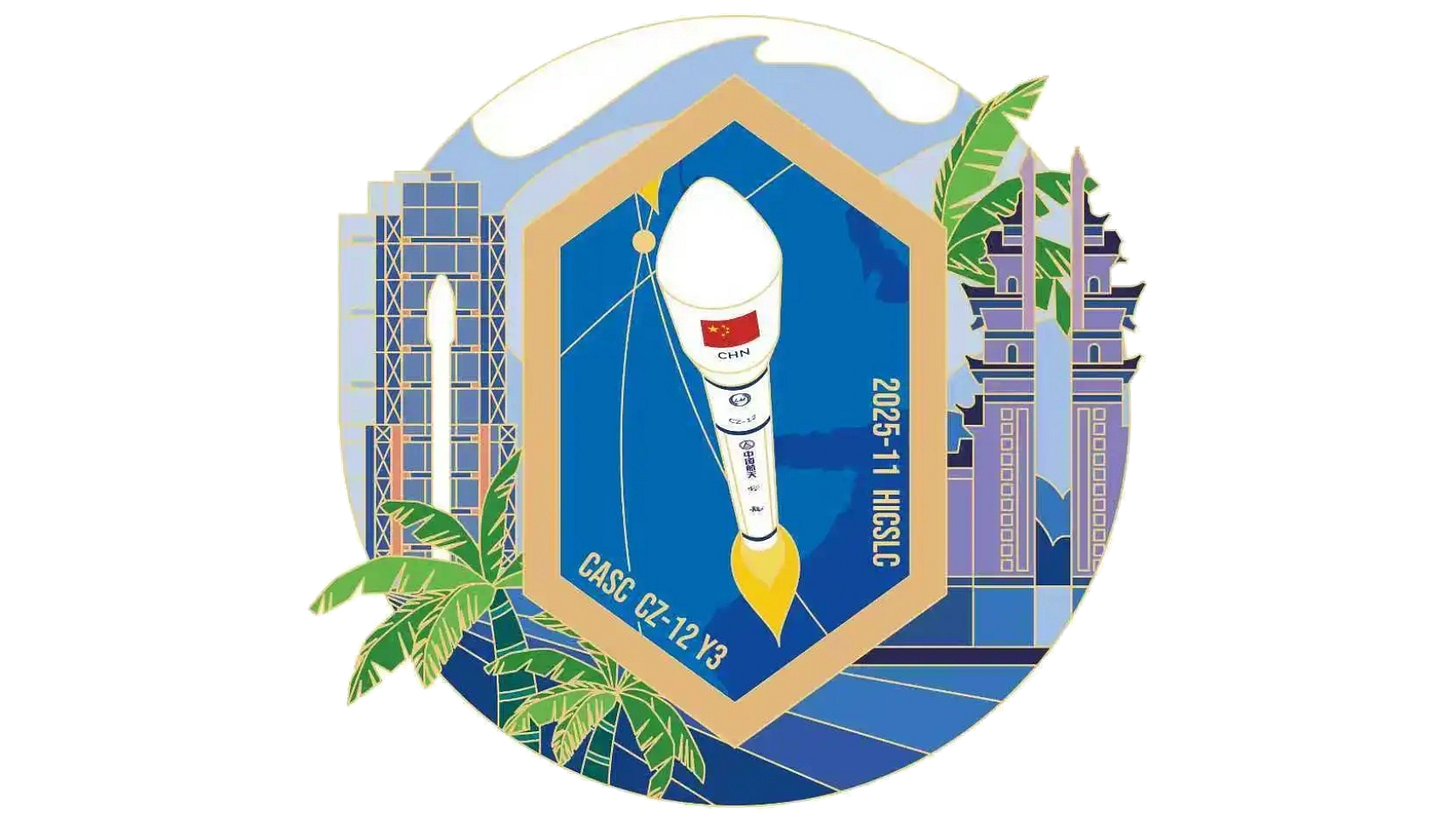GuoWang Reaches 100+ Satellites Deployed With Wenchang Mission [Long March 12 Y3]
Another nine satellites have been added to the state-backed mega-constellation.

A Long March 12 roared from Commercial Launch Pad 2 at the Wenchang Commercial Space Launch Site at 10:41 am China Standard Time (02:41 Universal Coordinated Time) on November 10th, carrying a group of satellites into low Earth orbit.
Atop of today’s Long March 12 was the thirteenth group for the GuoWang constellation, consisting of nine satellites1. The Innovation Academy for Microsatellites, Chinese Academy of Sciences (中国科学院微小卫星创新研究院) contributed to this satellite group.
The GuoWang (国网) constellation is operated by China Satellite Network Group, a state-owned enterprise, and wholly backed by the Chinese government. By the 2030s, up to 13,000 satellites could be in orbit, providing worldwide internet services; however, China-focused services will be the immediate priority.
With this group’s deployment today, GuoWang has 104 satellites in space, catching up again to the Shanghai-backed Qianfan (千帆) mega-constellation with its 108 satellites in orbit. This has been enabled by hardware issues with Qianfan’s satellites throughout much of the year, with a return to deployments in October. Both constellations are aiming to provide space-based connectivity.
Two different satellite variants are believed to be in use for the GuoWang constellation, a larger version used on vehicles like the Long March 5B, while smaller ones are used when launched atop rockets such as the Long March 6A or Long March 8A. An electric propulsion system is likely in use due to a planned operational orbit above 1000 kilometers, as it would be the most efficient means of deorbiting each spacecraft once they reach the end of their operational lives after several years.
In the Shanghai Academy of Spaceflight Technology’s post-launch blog post, it was highlighted that the Long March 12 aimed for an instantaneous launch window. That was said to be enabled by automated control of the launch process, between the vehicle and launch pad, with standardized synchronized clocks across multiple systems.
During the launch process, the launch vehicle experienced the launch site’s rainy and sunny seasons with its few days on the launch pad. To deal with that, rain and moisture-proofing measures were implemented alongside a change to the paint used on the fairing to increase heat reflectivity.
This mission was the 3rd launch of a Long March 12 vehicle, the 250th Long March vehicle launch from the Shanghai Academy of Spaceflight Technology, and the 607th launch of the Long March launch vehicle series. This was also the 72nd launch from China in 2025.
Liftoff video via China航天, 姝婷-Aerospace, and 追箭部落 on Weibo.
Launch live stream via International Rocket Launches on YouTube.
Check out the previous Long March 12 launch
New Satellite Internet Group in Orbit [Long March 12 Y2]
A Long March 12 blasted off from Commercial Launch Pad 2 at the Wenchang Commercial Space Launch Site at 18:21 pm China Standard Time (10:21 Universal Coordinated Time) on August 4th, flying to low Earth orbit with a group of satellites for an internet constellation.
What is the Long March 12?
This section is for those less familiar with China’s Long March series of launch vehicles.
The Long March 12 is a two-stage launch vehicle from the Shanghai Academy of Spaceflight Technology. Both stages of the launch vehicle burn rocket-grade kerosene and liquid oxygen.
The payload capacity of the launch vehicle is currently as follows:
12,000 kilograms to a low Earth orbit
6,000 kilograms to a 700-kilometer sun-synchronous orbit

Four YF-100K engines power the first stage, generating a combined thrust of 510 tons while burning liquid oxygen and rocket-grade kerosene. Two YF-115 engines power the second stage, generating 36 tons of thrust while also burning liquid oxygen and rocket-grade kerosene.
On the launchpad, the rocket stands at 62.6 meters in height, while having a first and second stage diameter of 3.8 meters. Fully fuelled the Long March 12 is believed to weigh 433,000 kilograms. The fairing of the Long March 12 is also believed to have options for either a 3.8, 4.2, or 5.2-meter diameter, depending on the needs of the mission.
Currently, the Long March 12 has only flown from the Wenchang Commercial Space Launch Site, on the east coast of Hainan province.
After today’s launch, the Innovation Academy for Microsatellites says they have 226 of their satellites in orbit. Before this launch, that number was at 217.




![New Satellite Internet Group in Orbit [Long March 12 Y2]](https://substackcdn.com/image/fetch/$s_!gx9Q!,w_1300,h_650,c_fill,f_auto,q_auto:good,fl_progressive:steep,g_auto/https%3A%2F%2Fsubstack-post-media.s3.amazonaws.com%2Fpublic%2Fimages%2F94f022c6-10cd-4405-9f29-a0e869201c05_8024x4879.jpeg)